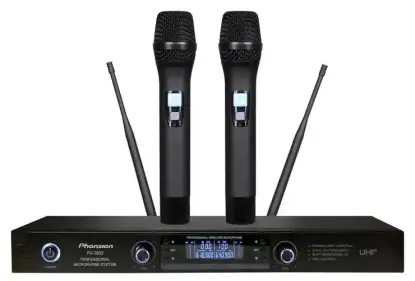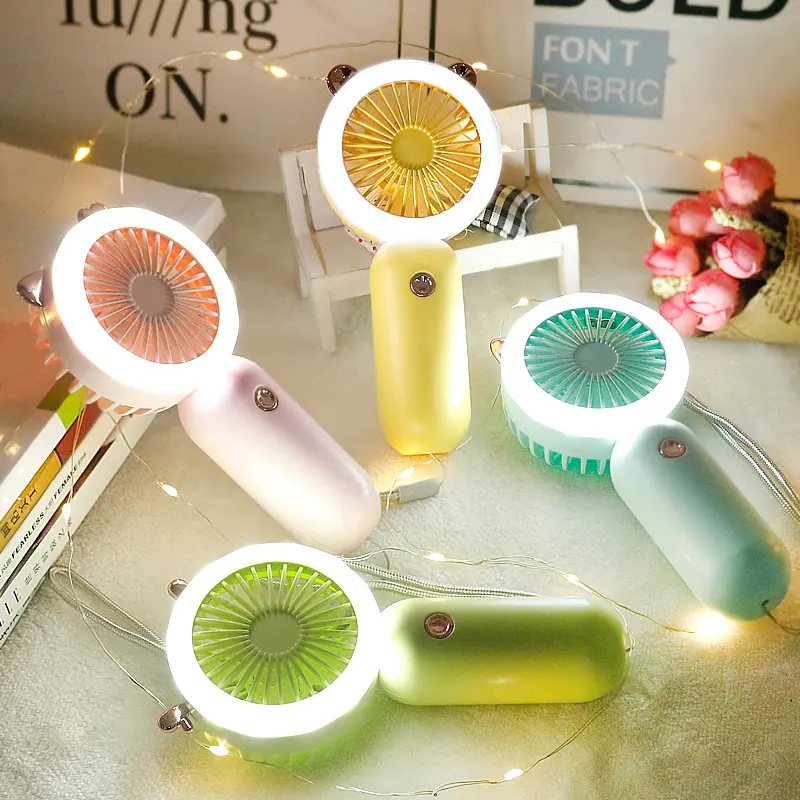
CPSIA and ASTM F963 Testing for Toys in the United States
In 2008, the U.S. Consumer Product Safety Commission (CPSC) enacted the Consumer Product Safety Improvement Act (CPSIA), which imposes numerous regulatory responsibilities on manufacturers, distributors, retailers, and exporters of consumer products, especially toys and children's products. Toys and children's products entering the United States must comply with CPSIA product safety requirements. These products must be tested by CPSC-accredited laboratories, which issue a Children's Product Certificate (CPC) or a General Certificate of Conformity (GCC) to demonstrate compliance with relevant federal regulations and mandatory safety standards. Whenever feasible, permanent tracking information must be affixed to the product and its packaging.
JJR Lab in China is an IEC 17025 accredited laboratory and is recognized by the CPSC. Our testing capabilities not only cover CPSIA requirements but also extend to other regulatory testing requirements such as ASTM F963 for toys and children's products.
We offer the following U.S. toy safety testing services:
CPSIA Testing:
- Lead in substrate materials (Section 101(a))
- Lead in paint or surface coatings (Section 101(f))
- 8 types of phthalates (DEHP, DBP, BBP, DINP, DIBP, DPENP, DHEXP (DnHP), DCHP) (16 CFR 1307)
ASTM F963 Testing:
- Physical and mechanical testing
- Flammability testing
- Soluble heavy metals content
- Total lead content
- Soluble cadmium in metal components
- Food contact materials testing (FDA/21 CFR 170-189)
- Labeling of Hazardous Art Materials (LHAMA - ASTM D4236)
- Battery-operated toy safety testing
- Cleanliness of stuffing materials
- Sound level testing
- Magnetic toy testing
- Toy cosmetics, liquids, pastes, putties, gels, and powders
Email:hello@jjrlab.com
Write your message here and send it to us
 Wireless Microphone Export Certification
Wireless Microphone Export Certification
 Audio-Visual Products SNI Certification in Indones
Audio-Visual Products SNI Certification in Indones
 FCC-ID: Still Needed if Module is Certified?
FCC-ID: Still Needed if Module is Certified?
 FCC Certification Fees for Handheld Fans
FCC Certification Fees for Handheld Fans
 FCC Certification Testing for Smart Lighting Produ
FCC Certification Testing for Smart Lighting Produ
 What is the ETSI EN 303 645 Testing Standard?
What is the ETSI EN 303 645 Testing Standard?
 UL Compliance and ETL Certification for LED Lighti
UL Compliance and ETL Certification for LED Lighti
 What is the IEC 60598 Standard?
What is the IEC 60598 Standard?
Leave us a message
24-hour online customer service at any time to respond, so that you worry!




